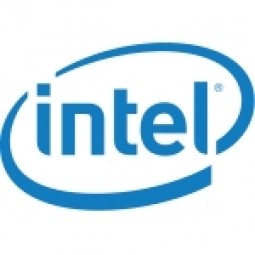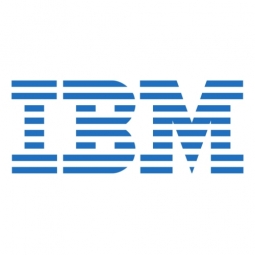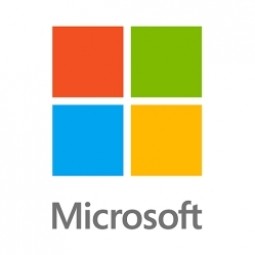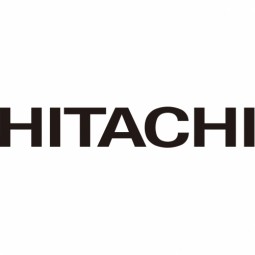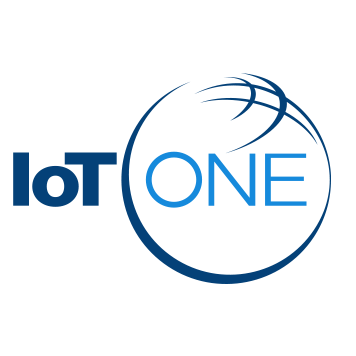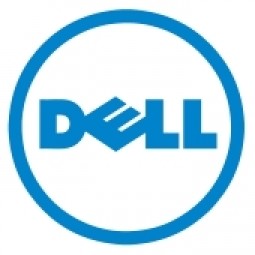SAP
Run Simple.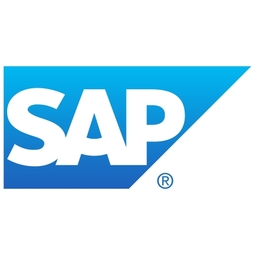
|
HQ Location
Germany
|
Year Founded
1972
|
Company Type
Public
|
Revenue
> $10b
|
|
Employees
> 50,000
|
Website
|
Stock Ticker
NYSE: SAP
|
Twitter Handle
|
SAP is the leading provider of enterprise resource planning (ERP) software used to integrate back-office functions such as distribution, accounting, human resources, and manufacturing. The backbone of SAP's products has been its On-Premise offerings, spearheaded by its Business Suite, which includes ERP and customer relationship management (CRM) software, among others. Year founded: 1972 Revenue: $17.6 billion (2014) NYSE: SAP
SAP solutions for the Internet of Things (IoT) provide everything you need to generate data-driven intelligence from connected things, people and devices - M2M Connectivity, cloud platform, device management, big data management, Event Stream Processing, predictive analytics, and apps to make IoT projects real, repeatable and scalable. SAP connect your business with the new generation of Internet-enabled devices in the cloud, transform your existing business processes and reimagine your business and customer experience. SAP HANA Cloud Platform is an in-memory IoT platform can help you quickly develop, deploy, and manage your own real-time IoT and M2M applications. Use the platform to automate processes at the core and connect to almost anything at the edge of your network.
John Deere, Kaeser Kompressoren, Roche
-
Devices Layer
-
Edge Layer
-
Cloud Layer
-
Application Layer
-
Supporting Technologies

Supplier missing?
Start adding your own!
Register with your work email and create a new supplier profile for your business.
Case Studies.















Similar Suppliers.
